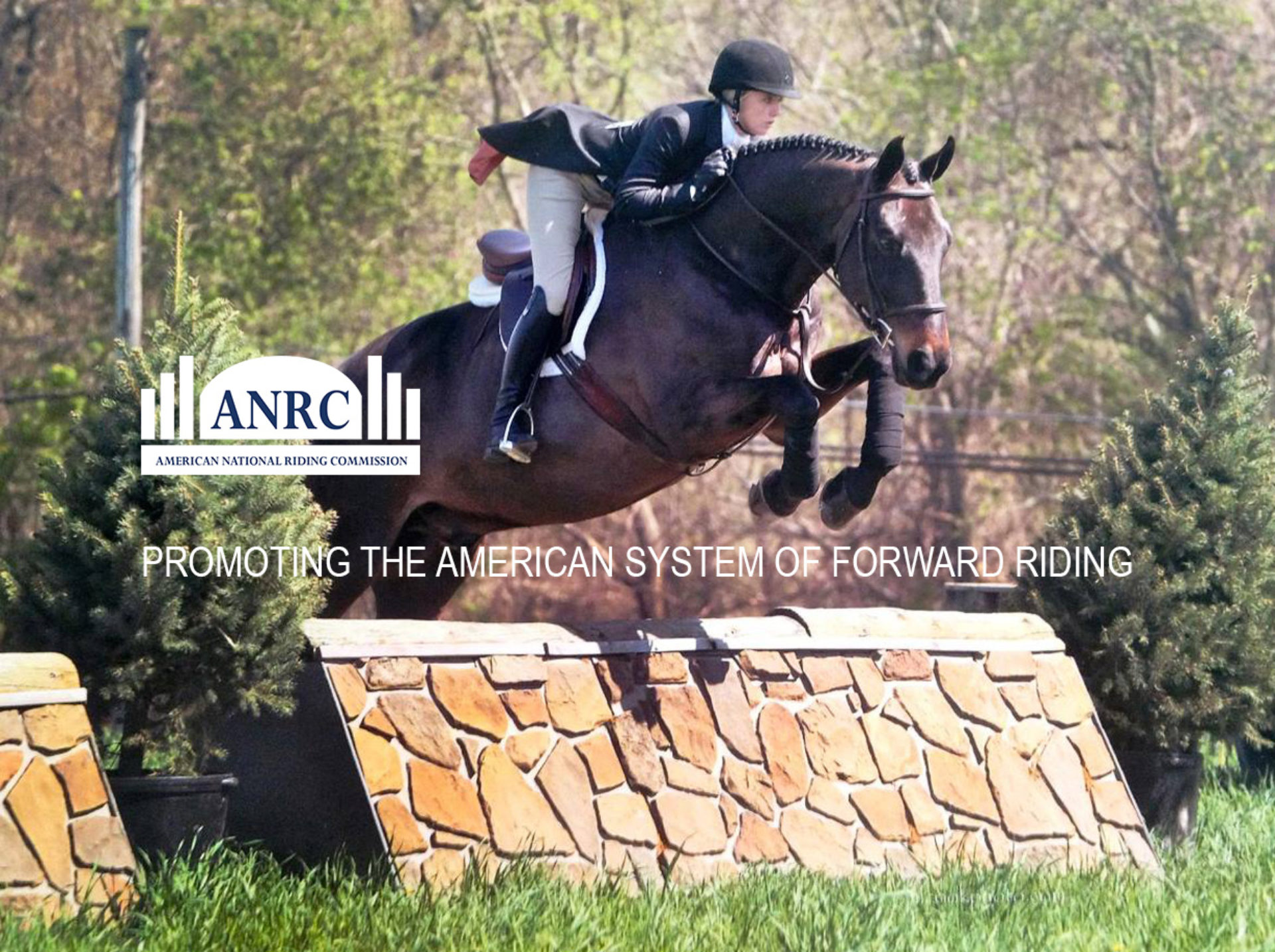Before attempting a Rider Certification or participating in an Equitrial, it is important to read through all the information provided about the riding levels. Candidates and competitors should review the ANRC study guide and refer to the suggested reading in the bibliography. The judge’s evaluation of your performance will be based on this information. Keep in mind that the certification process is designed to be educational and is intended to create an environment for a positive learning experience for both horse and rider
Judge’s Evaluation: Position, Control, Performance
The ANRC has consistently promoted horsemanship based on a system that considers position or seat, control, and schooling of the horse as integral parts. The training objectives are to develop the horse’s agility and strength under the weight of the rider so that it may perform alertly and calmly with connected free forward movement. The position and control of the rider are coordinated with the horse’s efforts to produce the best possible performance while utilizing the least amount of the horse’s nervous and physical energy.
The Rider’s Position
A good working position affords:
1. Unity of horse and rider
2. Security of the rider
3. Non-abuse of the horse
4. Efficient use of the aids (voice, weight, legs, hands)
The qualities of a good position are:
1. Correct design of position
2. Correct distribution of weight
3. Balance in motion
4. Spring
5. Rhythm
6. Relaxation – mental and physical
7. Grip – frictional and muscular
The Horse’s Performance:
A good performance of a well-schooled horse exhibits:
1. Mental calmness, knowledge of signals, cooperation
2. Physical development, balance in motion, strength, endurance, agility, rhythmic gaits and athletic jumping
